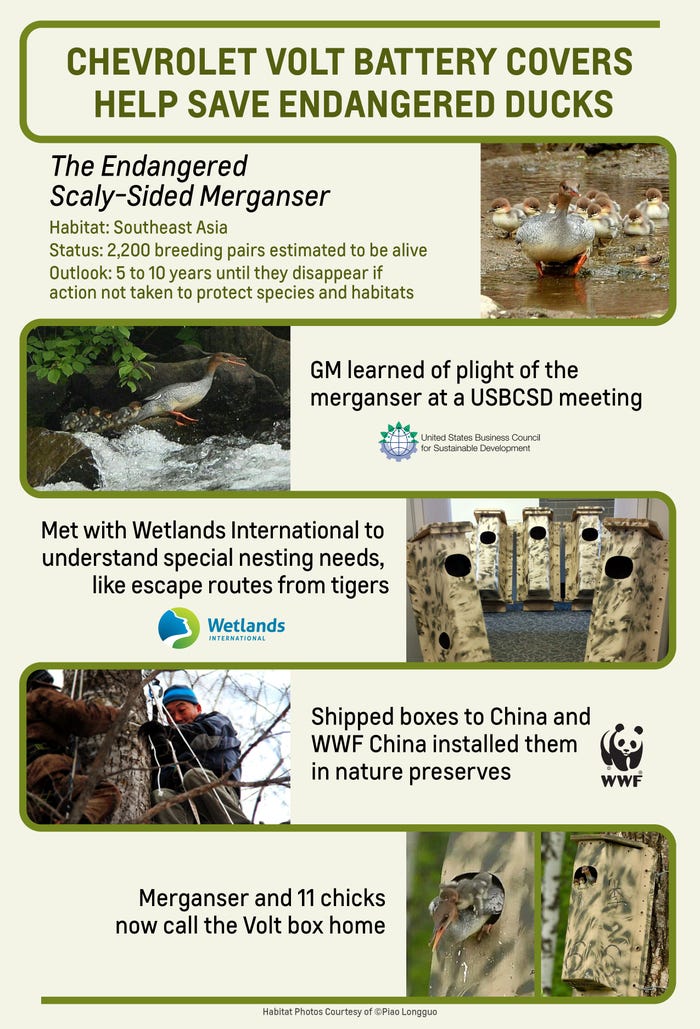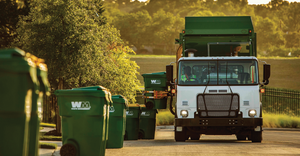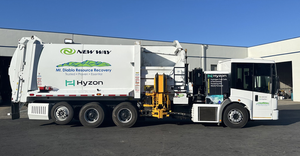General Motors’ Zero Waste Efforts Lead to Record Year for Landfill-Free Operations
GM has announced that it has achieved a record number of landfill-free facilities in 2016, bringing its total number of zero waste facilities to 152.
Vehicle manufacturer General Motors (GM) announced that it has achieved a record number of landfill-free facilities in 2016, bringing its total number of zero waste facilities to 152. This success was made possible by recycling, reusing and converting waste to energy, developing products from recycled materials and employee participation.
“At GM, we have momentum of concern and enthusiasm for the environment. We have been focusing on our landfill-free efforts for at least 25 years, and this recent accomplishment is just one piece of our journey,” says General Motors Global Manager of Waste Reduction John Bradburn. “We achieved our goal of having 100 landfill-free manufacturing sites and 50 nonmanufacturing sites by 2020 four years early, and now we are in a position to set new goals around what we call sustainable materials management. With that, we are focusing on finding the absolute best options for recycling and reusing materials.”
Over the years, GM has created a number of products from recycled materials. Most recently, GM has transformed recycled water bottles from Flint, Mich., into engine cover insulation and air filters for some of its facilities. Additionally, the company has turned Chevrolet Bolt battery covers into wildlife habitat nest boxes.

“It’s important to see things not as they are, but instead what they can become. Our product development effort is part of what we call a supply web, which is different than a supply chain. While supply chains are important, the chains are only as strong as their links and links can break,” comments Bradburn. “Supply webs, which are stronger and feature more components and layers, allow you to develop a strong infrastructure to build ongoing community, resilience and economic opportunities.”
Each year, GM recycles or reuses 2 million metric tons of byproducts. With that effort, the company has been able to generate up to $1 billion, which is reinvested back into the business for development of fuel-efficient vehicles and new technologies.
“At GM, we are focused on becoming a zero waste company and increasing our efforts to make that possible; however, we don’t view zero waste as an end game,” says Bradburn. “There is always room for growth, and we are taking the proper measures needed to design for the environment. Going into 2017 and beyond, we are looking at ways to be more efficient and more effective. And one of the ways we can do that is by designing and redesigning products to be more environmentally friendly.”
In addition to ramping up its zero waste efforts, GM has teamed with Herman Miller and Green Standards to repurpose tens of thousands of pieces of office furniture and equipment that were displaced by the transformation into $1 million of in-kind donations over the next two years. GM is also working closely with young engineers and students to educate them on the company’s projects and programs. By working with the younger generation, the company hopes to prep future industry workers so that they can continue to make the world a better place by working off the foundation that past and present GM employees have set.
About the Author
You May Also Like




